The madness of the brave
This is part 1 of a 2-part series
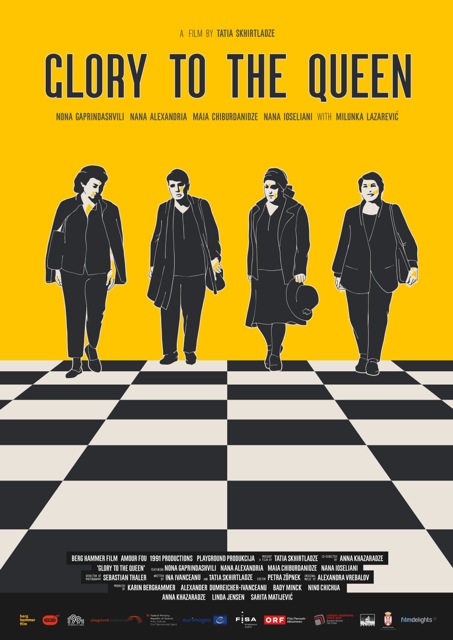 A lot has been said about the miniseries Queen’s Gambit, the game changer in global chess promotion. Released at about the same time, Glory to the Queen, an excellent documentary, might have been a victim of bad timing. It got eclipsed by Beth Harmon, who had brought chess to the fore like never before — perhaps understandably due to the different cinema genres: the powerful Queen’s Gambit is a feature movie serial while Glory to the Queen trails behind as an 82-minute documentary. However, in its genre, it is a cinematic gem by its technical and artistic rendition as well as by the importance of the subject it treats: the fabulous four chess heroines — Georgian queens Gaprindashvili, Chiburdanidze, Alexandria and Ioseliani.
A lot has been said about the miniseries Queen’s Gambit, the game changer in global chess promotion. Released at about the same time, Glory to the Queen, an excellent documentary, might have been a victim of bad timing. It got eclipsed by Beth Harmon, who had brought chess to the fore like never before — perhaps understandably due to the different cinema genres: the powerful Queen’s Gambit is a feature movie serial while Glory to the Queen trails behind as an 82-minute documentary. However, in its genre, it is a cinematic gem by its technical and artistic rendition as well as by the importance of the subject it treats: the fabulous four chess heroines — Georgian queens Gaprindashvili, Chiburdanidze, Alexandria and Ioseliani.
In the movie, in the role of narrator, another chess heroine appears: Serbian legend Milunka Lazarevic. In the opening scene, she emotionally describes the breakthrough of the Georgian chess legends when they were crowned Olympic winners in 1982: “It was equal to landing on Mars or on Jupiter! Unthinkable! Unthinkable!... For thirty years they held the chess crown. That will not be achieved again in 5.000 years, not even by some greater nation!”. It was her indomitable style — she was talking and living with passion and fierce conviction in both her private and professional life.
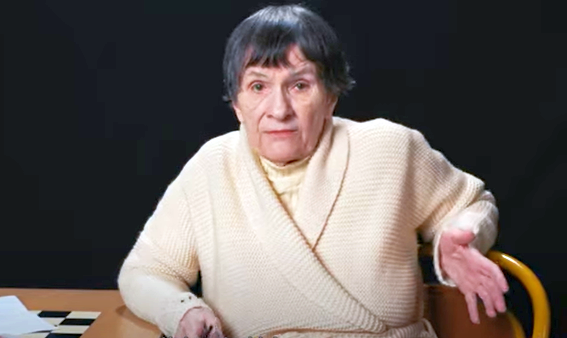
Milunka Lazarevic was featured in the documentary Glory to the Queen (see trailer here)
Milunka was Nona’s contemporary. They were fierce fighters over the board and friends off the board. In the 60s and 70s, theirs was a great rivalry, with Milunka always trailing just a step behind Nona. Nona was the first woman to be awarded the Woman Grandmaster title, in 1974, while Milunka was the second to receive it, in 1976.
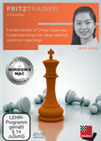 Starting out in chess is difficult, and this DVD aims to reduce that stress. Designed for beginner levels in openings, a brief introduction to the reasons we play some of the most common moves in popular openings like the Spanish and Sicilian is given.
Starting out in chess is difficult, and this DVD aims to reduce that stress. Designed for beginner levels in openings, a brief introduction to the reasons we play some of the most common moves in popular openings like the Spanish and Sicilian is given.But they maintained a long-lasting friendship and mutual respect. In her book, I Prefer Risk (Moscow, 1971), Nona Gaprindašvili states that Milunka was her role model. She dedicates a page to each female world champion, but she honoured Milunka with five pages. Nona stated in her book: “A literary person by profession, lively and impressionable, Lazarevic is one of the brightest figures in women’s chess of the sixties”.
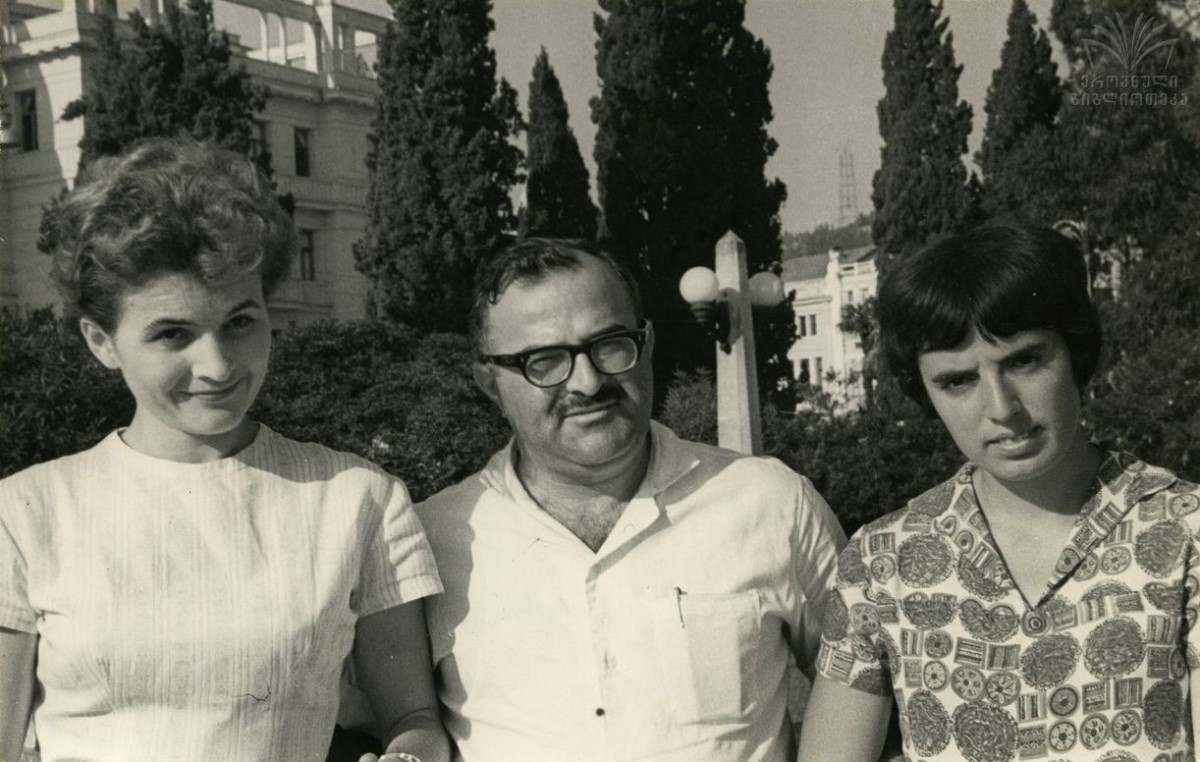
Milunka and Nona with Tengiz Giorgadze, Georgian chess journalist, author and arbiter | Photo: National Parliamentary Library of Georgia
Milunka did not live to see her tribute in Glory to the Queen. She died at the age of 86, shortly before the release of the film.
She was born on 1 December 1932 at Šantarovac, a small village in central Serbia. She died in Belgrade, three years ago, on 15 December 2018.
In the autumn of last year, to commemorate their famous sports personality, the Serbian Post Office issued a stamp with her portrait in the series ‘Chess greats of Serbia’.
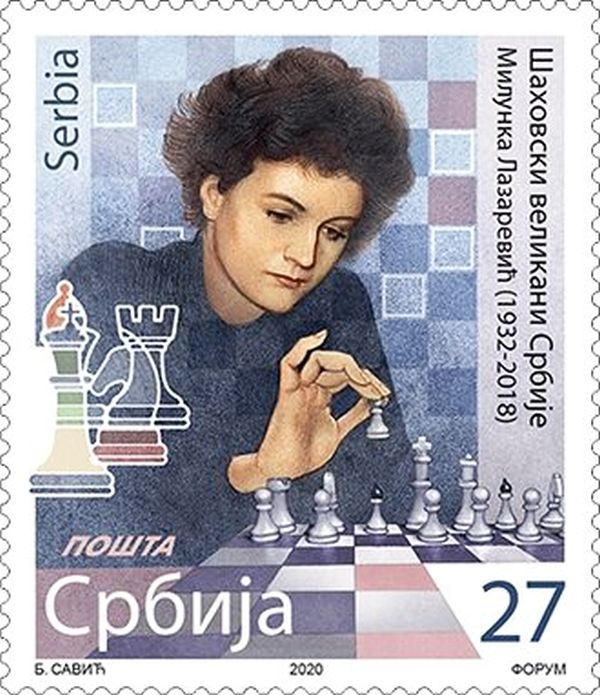
Milunka Lazarevic features on a stamp issued in 2020
One of the strongest non-Soviet women players in the post-war period, she was 11 times Yugoslav champion — in 1957, she won with a 100% score. The last championship she won was in 1982 when she was 49 years old.
Milunka participated in many international women’s events, regularly arriving among the top finishers. She is the only woman chess player that during 25 years, without a break, played at all Zonals, Interzonals and in the World Championship Candidate matches, a feat she shares with Tigran Petrosian, as it was pointed to her by Petrosian himself.
Several times she reached the semifinals in Women’s Candidates Tournaments. But the 1964 Candidates Tournament, which was held in Sukhumi and in Moscow, left forever a stain on her career. She missed by a whisker to become the world champion’s challenger. This was due to her refusing a draw that her opponent, the American Gisela Gresser, had offered before the game started. Milunka indignantly refused, which earned praise for her sportsmanship. But she lost the chance of her life: to challenge the then world champion Nona Gapridanshvili, as half a point was all she needed. She tied for first place with two other Soviet players, Alla Kushnir and Tatiana Zatulovskaya. Kushnir won after finishing just half a point in front of Milunka and went on to be a challenger for three consecutive matches.
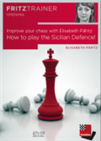 The continuous stream of new ideas in the Sicilian makes 1..c5 the most popular answer to 1.e4. On this DVD I do give an introduction to the most important Sicilian systems.
The continuous stream of new ideas in the Sicilian makes 1..c5 the most popular answer to 1.e4. On this DVD I do give an introduction to the most important Sicilian systems.Milunka revealed many years later in an interview in the Yugoslav press that the fateful offer for a draw came accompanied by a financial incentive by the American chess player who was married to a rich husband.
There is no place for trade in this knightly game. I would do the same again. It is a question of ethics, not the attitude towards anyone...
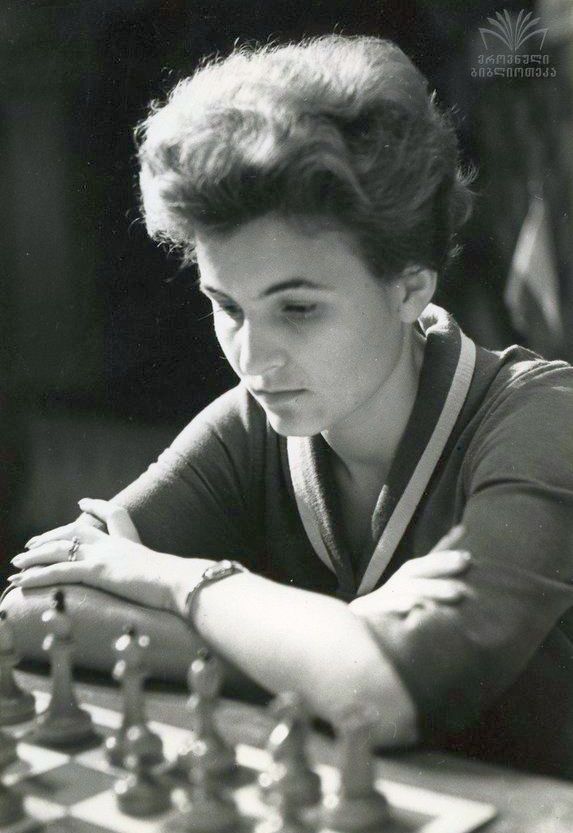
Milunka at the 1964 Candidates tournament in Sukhumi | Photo: National Parliamentary Library of Georgia
In the famous Yugoslavia vs USSR yearly friendly matches, in which the best players of the two countries participated, she was a regular on the Yugoslav side. In 1963, in Rijeka, she won 2-0 in a match against Nona Gapridanshvili. In an interview, she claims that she had a better individual score against Nona.
The same year, the 2nd Women’s Chess Olympiad took place in Split, SFR Yugoslavia. The result was:
- Soviet Union, headed by Nona Gaprindashvili
- Yugoslavia
- East Germany
This was another unfortunate moment in her career, when the infamous ‘half a point' played an adverse role. In the last game, having assessed her position, Milunka was willing to concede to a draw, in which case Yugoslavia would have earned gold. But this time around, it was the team’s captain that pressed her to play on. She lost the game and the Yugoslav team had to contend with the second place. Subsequently, in an unprecedented move, the captain resigned from his position.
Milunka won silver on the first board and the best game prize for the best ending, against Corry Vreeken from the Netherlands.
‘Beauty is everything to me, in literature, in poetry and in chess’
She had literary aspirations in her youth and actively wrote and published poetry. But chess took over, not only because she did not seem to get satisfactory outlets for her literary works, but also because chess provided an attractive incentive: travels abroad and an opportunity to purchase nylon tights! Later on she would use her literary gift in her career as a chess journalist. She made interviews with most champions and important chess personalities of her time and contributed to all significant chess media, and in the press in Yugoslavia and abroad.
I have learnt chess late in life. I don’t quite remember, was it 1947-48, when I was about 15 years old. I remember it was Christmas Eve, my brother and father were playing chess, and while my mother was occupied with the Christmas dinner, I was bothering them asking to play all together cards. They were annoyed and told me: ‘Come on, you have to learn chess’. They showed me how the pieces move and the Scholar’s mate.
Her natural talent brought her early victories in local school competitions, and she was soon whisked to junior championships around Yugoslavia where she would achieve stunning results.
She started to study chess more seriously only at the age of 18 from chess instructor Žarko Popović (1909-1985) at the chess club in Novi Sad. There she gained experience playing with the older members of the club. There was not much chess literature available, and she studied from the Hungarian chess magazine Magyar Sakkvilág , Maroczy’s queen endings and also Capablanca’s Chess Fundamentals. Rudolf Marić (1927- 1990) was briefly her coach in her later years, but she would mostly work alone. Alexander Alekhine was her favourite player.
Early in her chess career, Milunka attracted attention by her exciting, uncompromising style: sacrificing pawns and pieces and despising draws, which made her famous and endeared her to chess audiences. She enjoyed particular popularity in Russia, where the public, appreciative of her creative, aggressive play, would meet her with applause.
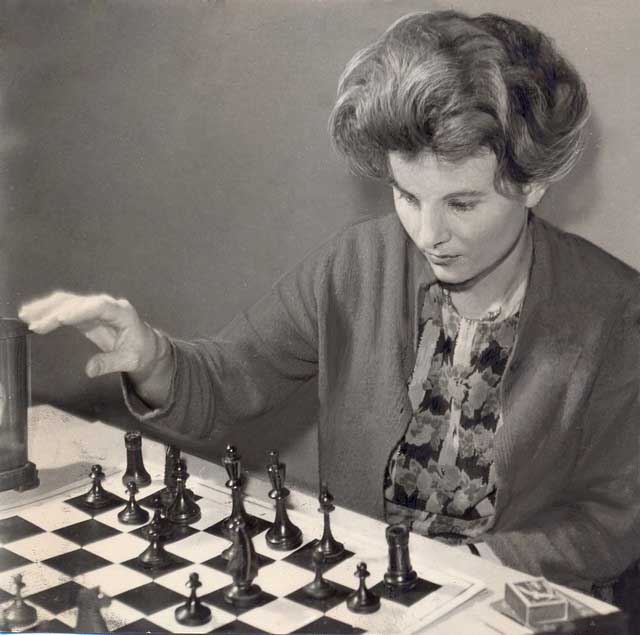
Milunka in her early years paving a reputation as an aggressive, creative chess player | Photo: National Parliamentary Library of Georgia
In the aforementioned book I Prefer Risk, Nona Gapridanshvili describes in meticulous detail a game in which she came close to losing to Milunka, which would have significantly changed the course of events in the women’s chess championship. The game made such a powerful impression on Nona that she called it ‘a game of my life’.
This game strengthened my views on the art of chess in general and on my chess vocation in particular.
It was the round-10 game of the 1961 Women’s Candidates Tournament at Vrnjacka Banja in Yugoslavia.
Milunka made a fatal error at move 30, about which Andrew Soltis, the American GM, author and columnist, commented: “Had it not been for White’s error at move 30, this game would have been one of the most anthologized brilliancies of the 20th century”.
An excerpt of the book where Nona describes the progress of the game and the emotional impact it had on her can be found on this link, in Russian.
 On this DVD Dorian Rogozenco, Mihail Marin, Oliver Reeh and Karsten Müller present the 8. World Chess Champion in video lessons: his openings, his understanding of chess strategy, his artful endgame play, and finally his immortal combinations.
On this DVD Dorian Rogozenco, Mihail Marin, Oliver Reeh and Karsten Müller present the 8. World Chess Champion in video lessons: his openings, his understanding of chess strategy, his artful endgame play, and finally his immortal combinations.Another excerpt from Nona’s book best describes Milunka’s playing style:
A somewhat artistic by nature, even bohemian, Lazarevic in chess is attracted only by attacks, combinations and sacrifices. She has a frank dislike, not to say disgust, towards positional play, towards chess hoarding, towards the accumulation of small advantages. If a game, God forbid, turns into an endgame, especially one where only precision and accuracy are required, in other words, bare technique, Milunka loses any interest in the game. She is very self-confident; to convince her of something, even if she is clearly wrong, is difficult, not to say impossible. If, with all this, Milunka Lazarevic manages to be one of the contenders for the chess crown for very many years, one can understand how generously gifted she is by nature.
With this style, one must have the ‘madness of the brave’. Milunka does not care who she plays with — even with a very strong opponent, she will still sacrifice pawns, pieces, just to seize the initiative, create an attack. In this unquenchable thirst for an offensive, an offensive at any cost, lies both the strength and the weakness of this chess player...
Oblivious to any prosaic calculations, Milunka can sacrifice a pawn or even a piece even when there is essentially no reason for this — as they say, out of love for art. But when she has the prerequisites for the assault, she is extremely dangerous.
I am talking about Milunka with such enthusiasm because I am impressed by her style. I can’t help but like Milunka’s risky sacrifices even when she sees that, most likely, it will not work. She realizes it but...she cannot help herself, she cannot resist the temptation and, of course, sometimes she loses. I can’t help but like her style because at such moments Milunka the artist takes over the athlete, feeling wins over reason. Although within myself creativity and sport are usually mutually balanced, such romance is still very much in the spirit of my Georgian and chess nature.
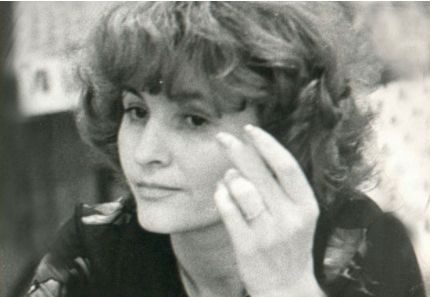
Milunka the bohemian, inseparable from her cigarettes | Photo: ChessPro
Links
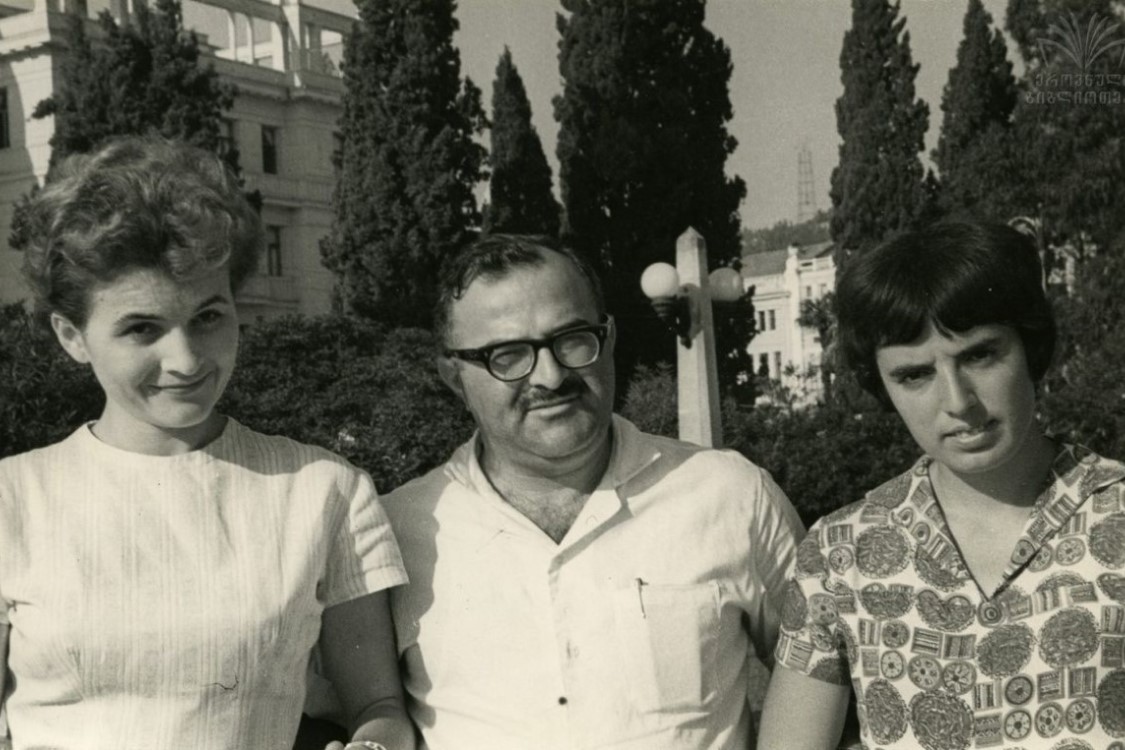

















 A lot has been said about the miniseries
A lot has been said about the miniseries 










